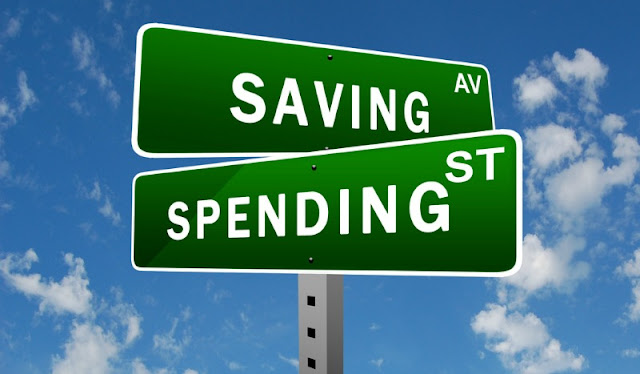You’d probably think the consumer country, United States
would rank above Australia, but they are almost half of our debt per household.
Australians have a debt problem and they’re not listening.
High household debt is worrying at its best. It’s like a big semi-trailer
screaming down the highway. If something bad happens in front of it, the driver
has an extremely difficult time trying to stop, or even manoeuvre.
You’re probably saying it’s ok because our interest rates
are low. What happens when they go up a quarter of a percent or half a percent,
let alone when they creep up 1%? It’ll hurt.
The cost of
‘necessities’ like power, insurance, transport and health creep up every year.
The fastest real household spending growth (2016/17) has been in Communications
(phone, internet etc) at a rate of 6.6%, Medicine and Medical Aids at 4.9%,
Household Appliances (because we are a Nation of consumers) at 4.9%, and
Transport Services at 4.8%. Have your wages crept up at those rates?
Something has to give when household expenses are increasing
each year, and household incomes are not. It’s usually the household savings
that suffer.
So, you are in a better position than most if you actually
have savings when things change. What if you don’t?
Then your debt increases. You borrow against your home, or
you chase around for another credit card and start that evil route of spending
money you don’t have.
I don’t want to get all technical and confuse you with WPI
and GDP numbers as most of you will switch off so I’m keeping it simple.
It’s ok to have debt
if it’s manageable within your means, but just be wary that low interest
and a fairly good economy does have cycles and can change for the worst.
You need to keep a close eye on your finances, not just in
your head, or a bank’s phone APP on your account’s activity this month. No, you
really need to sit down and create a budget.
The secret is to have a plan, some guidance, direction, a
helping hand. When it comes to saving, or not spending, it’s easy enough to put
a plan in place, but whatever tool you use must break it down for you.
To take control of your money you need to understand the
flow of it: Money comes in from . . . and Money goes out to . . .
Your budgeting tool needs to show you what your finances
currently look like, what simple options are available to budget, and then how
you can easily save money from that budget.
Everyone talks about a “Budget Plan”. I personally call it
“Your Spending Plan” because that is what we are trying to control here – your
spending
By creating a Spending Plan you can learn:
- ·
What your expenses are to the dollar
- ·
Know exactly what you have to spend
- ·
How to use your credit card wisely
- ·
And be able to take charge of your money and
build financial security.
If you understand how your money flows, and you can
learn that, you will see exactly what you are spending, what your expenses are,
and how small changes can save you big money.
If you’re still reading this, you obviously know that you
need something to help you manage your spending. I’m not saying to stop
spending. You just need to be able to manage your money better.
Your Wealth Vault has created a course format budget which
guides you step-by-step to create
Your
Spending Plan giving you the knowledge and capability to have optimum
control over your money.
Spending, which
you’ll still do, will take on a whole new light. You’ll be able to do it
without the guilt and remorse you currently face.
The course, and creating and managing Your Spending Plan
each month, will set you back the cost of 3 cups of coffee each month, but what
you will save on your expenses should far outweigh that cost.
If you have ANY concerns about your finances and your
spending, you need to visit
Your
Spending Plan.















